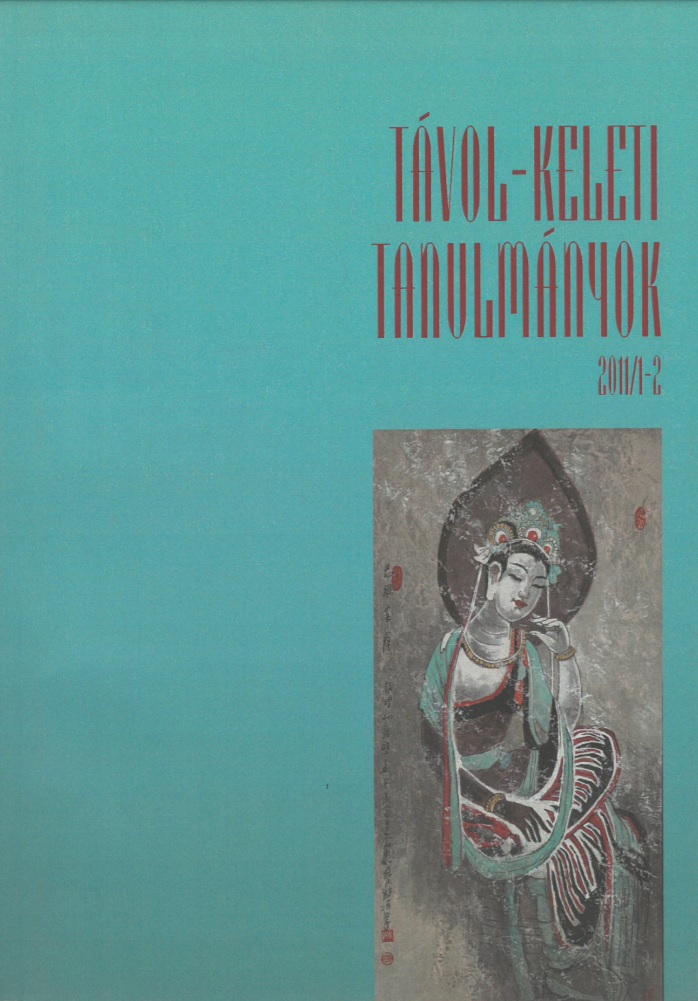Published 2013-09-03
How to Cite
Copyright (c) 2013 the author(s)

This work is licensed under a Creative Commons Attribution-NonCommercial 4.0 International License.
Abstract
The Huayan school relied on the Chinese Yogacara schools represented by the Dilun and Shelun schools. These schools agreed that the final reality, due to the presence of pure tathagatagarbha, is untainted. However, Xuanzang adopted the Yogacara teachings directly from India and did not include the tathagatagarbha teaching. Fazang introduced the system of ten kinds of consciousness only (shizhong weishi十種唯識) which shows different levels of Yogacara teachings. He started with the Yogacara teachings of Xuanzang, which distinguish subject and object of perception, and gradually reduced the elements of perception until he finally reached the tathagatagrbha, as the final reality of consciousness. After that he started to reconstruct perception showing the reality of Huayan insight. Under the influence of Chan Buddhism Chengguan and Zongmi modified Fazang’s system.
